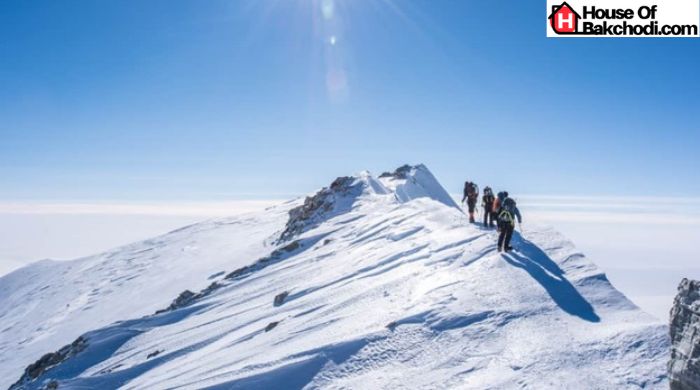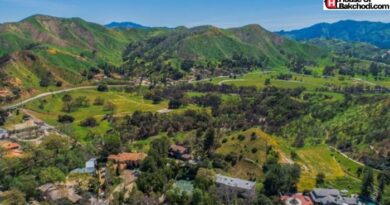What Makes Mount Aconcagua So Special?
Aconcagua is one of the most beautiful mountains in the world, which is also considered the highest peak in the South American region. Every year, thousands of mountaineers come to Aconcagua and witness its beauty. It takes approximately 18 to 20 days to reach the peak of this mountain. The exact height of Aconcagua is 22,837ft (6,960.8m) which makes Aconcagua name itself the Roof of the Americas. However, the following are some points that make Aconcagua Argentina so special.
Page Contents
Geological Features of Aconcagua
The subduction of the Nazca Plate beneath the South American Plate is responsible for the formation of this mountain. During the early period, this mountain was an active stratovolcano. Aconcagua is the highest mountain in the Western Hemisphere, Southern Hemisphere, and outside of Asia. It is in Argentina, and it is around 15 km away from the border of Chile. The trek of this mountain begins from the city of Mendoza. Aconcagua and its surrounding area are part of Aconcagua Provincial Park.
It is a collection of seven summits. Aconcagua is the highest topographical prominent summit in the world after Mt. Everest, which makes this mountain an ultra prominent peak. Besides being the highest trekking peak globally, climbing this mountain does not require special skill and experience because of its non-technical ascent. It comprises various glaciers. Ventisquero Horcones Inferior is the largest glacier which is about 10km long. However, two other large glaciers are Ventisquero Relinchos and Ventisquero de las Vacas Sur which are about 5 km long.
Climate of Aconcagua
The climate of Aconcagua is beautiful and favorable, yet bad weather is unpredictable. However, visiting this place at the time of winter is considered the worst decision as the weather is very harsh and violent. Aconcagua lies in the Southern and Western Hemispheres; thus, it follows the Southern Hemisphere’s season, which means summer runs through December/January, and winter runs through June/July.
The climate of Aconcagua is most favorable during summer, from November to March. During the summer, the temperature at night above the altitude of 16,400ft is approximately -20 degrees celsius, and at the summit is approximately -30 degrees Celsius. Rain in this mountain is very rare, but snowfall is very common. During winter, snow covers the entire mountain and looks great. Still, summer is the best time to visit this place for its favorable weather and low chance of unpredictable bad climate.
Two Different Routes
There are two different routes to reach the summit in Aconcagua: Polish Traverse and Normal Route. As the name suggests, the normal route is the most favorable for most mountaineers because of its convenient and non-technical ascent. It is comparatively seamless, which takes roughly 10 days to reach the summit. On the other hand, the Polish Traverse is more challenging as it has more technical routes to reach the summit. It takes roughly 12 days to reach the summit with this route. Although, the duration to reach the summit may vary depending on the person’s body acclimatization.
Conclusion
There are various features of Aconcagua that make this remarkable mountain so special all over the world. From geographical features, wildlife, vegetation, climate, and summit to its various routes, everything plays a significant role in making this 2nd highest peak in the world notable.




